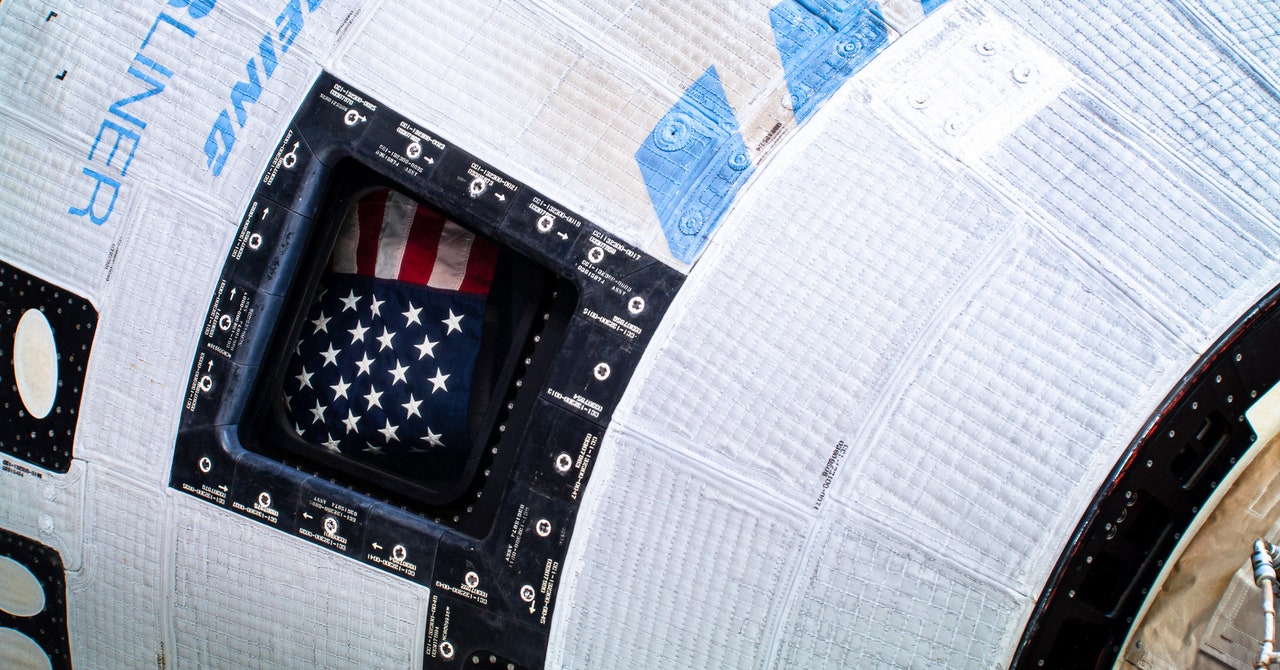NASA has announced that astronauts Barry Wilmore and Sunita Williams will return to Earth next February aboard SpaceX’s Dragon spacecraft.
The announcement at a press conference today caps off months of speculation about the best plan to safely bring the astronauts home after malfunctions with their ride, Boeing’s Starliner capsule, postponed their departure from the International Space Station in June.
“Boeing has worked very hard with NASA to get the necessary data to make this decision,” NASA administrator Bill Nelson said at the briefing. “We want to further understand the root causes and understand the design improvements so that the Boeing Starliner will serve as an important part of our assured crew access to the ISS.”
Wilmore and Williams launched from Cape Canaveral, Florida, on June 5, becoming the first astronauts to perform a crewed test flight of Starliner, a capsule developed by Boeing to ferry people to and from the ISS.
During the approach to the station, five of Starliner’s 28 thrusters failed to function. The crew was able to restore four of them and safely docked with the station, where they discovered Starliner’s propulsion system was also leaking helium from multiple places.
Wilmore and Williams were originally scheduled to stay onboard the ISS for about a week before returning to Earth in Starliner. But their return has been delayed for more than two months as mission planners struggled to isolate the cause of the thruster problems and assess the risks of using Starliner for the flight home.
NASA has emphasized that Wilmore and Williams have not been “stranded,” nor are they in any danger. Likewise, the astronauts have publicly approached the extended stay as a lucky break that lets them rack up more time in space.
“We are having a great time here on ISS,” Williams told reporters in a July call from the ISS. “You know, Butch and I have been up here before, and it feels like coming back home. It feels good to float around. It feels good to be in space and work up here with the International Space Station team.”
Cargo ships regularly dock with the ISS, providing enough supplies for all crew members onboard, and NASA considers Starliner to be safe enough for the astronauts to use in the case of an emergency evacuation of the ISS.
Starliner had flown twice before without astronauts; it failed to reach the station during its first uncrewed test flight in 2019, but it successfully cleared the second test in 2022 by docking with the ISS and landing back at White Sands Missile Range in New Mexico. It is the second vehicle, following SpaceX’s Dragon capsule, to carry astronauts to the space station as part of NASA’s Commercial Crew Program, which seeks to develop commercially operated spacecraft to transport crews to and from the ISS.
SpaceX’s Dragon completed its first crewed test flight in 2020, earning certification from NASA to proceed with regular operational flights with astronauts. Over the past four years, Dragon has successfully carried a dozen crews to and from the ISS. Between the retirement of NASA’s Space Shuttle in 2011 and the first Dragon crewed mission in 2020, NASA and other agencies were solely reliant on Russia’s Soyuz capsule to bring their astronauts to the station. The Commercial Crew Program is designed to support ISS operations with multiple spacecraft transport options in the event that one fails.
Starliner is no stranger to setbacks; many of the previous tests of the spacecraft have run into delays and the project has lost more than $1.5 billion in overruns.
This is a developing story. Please check back for updates.

